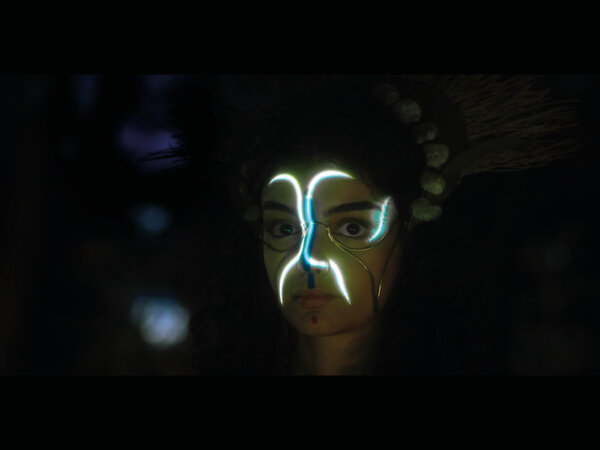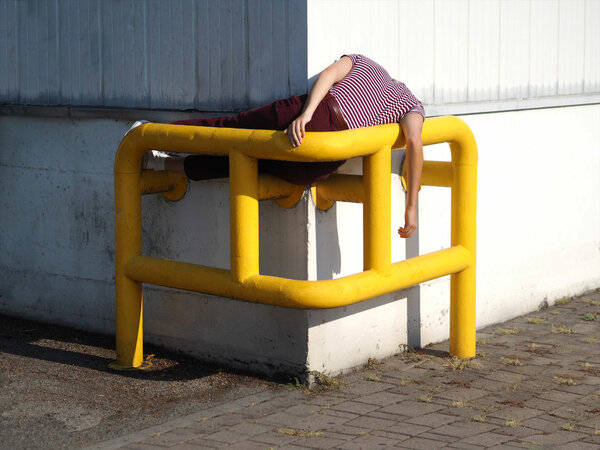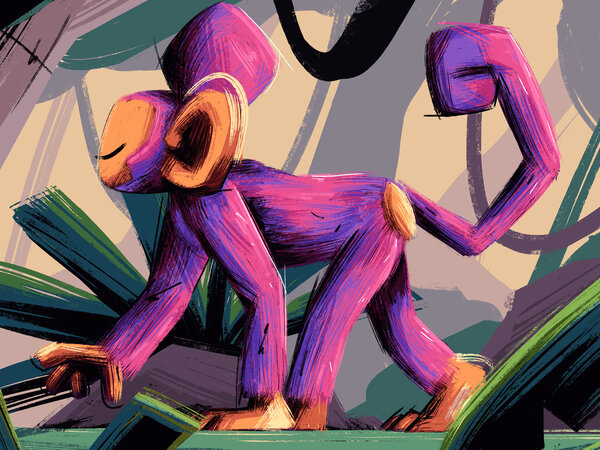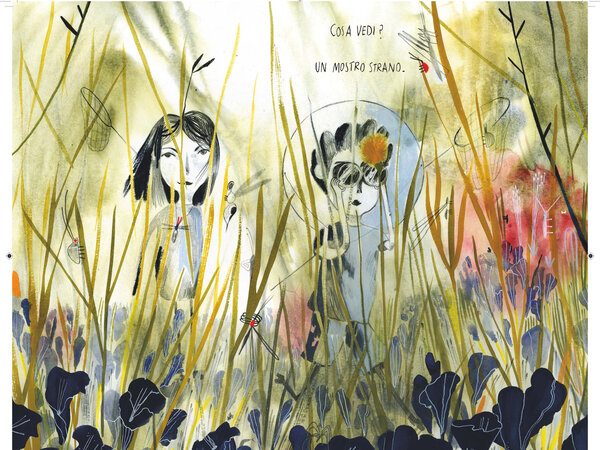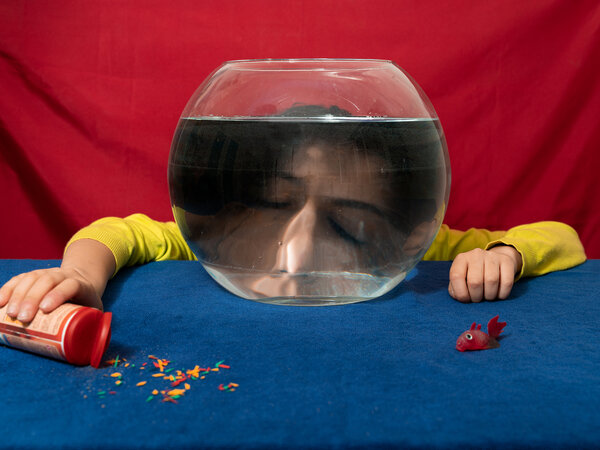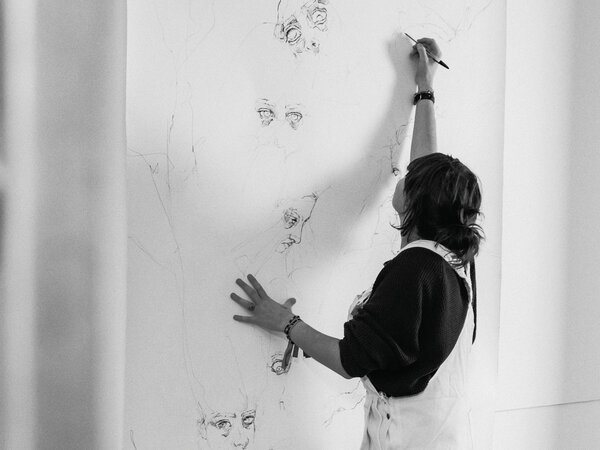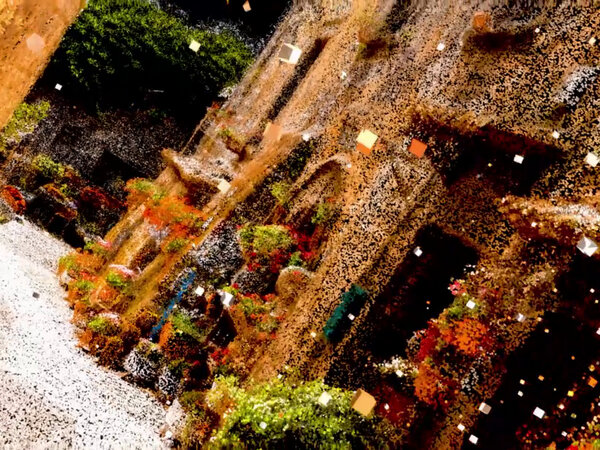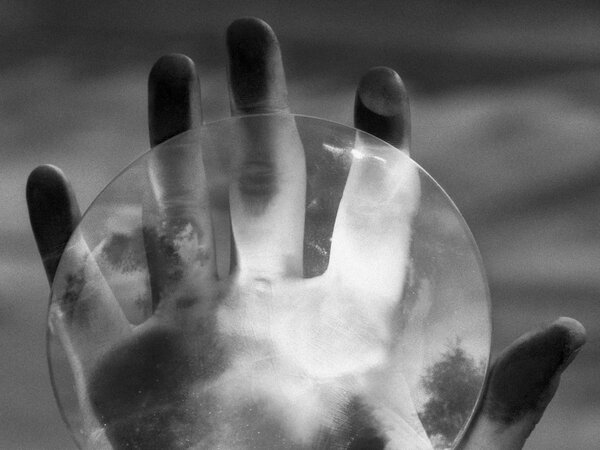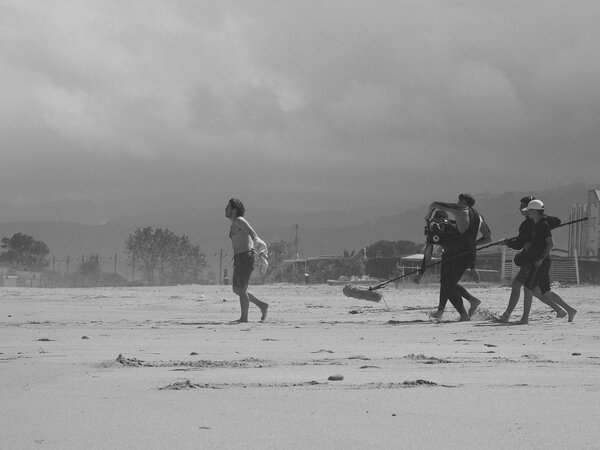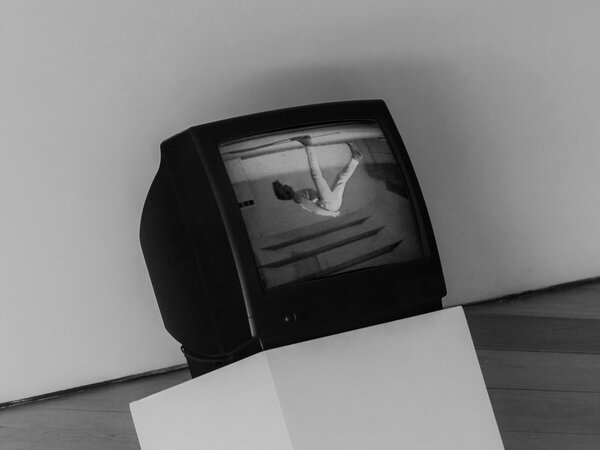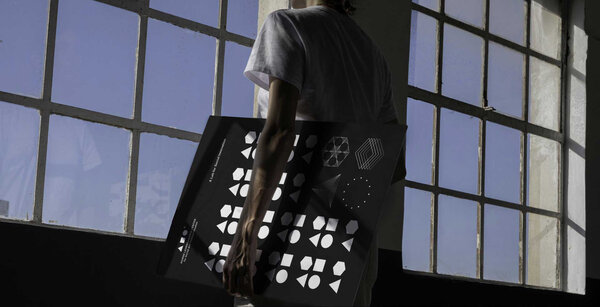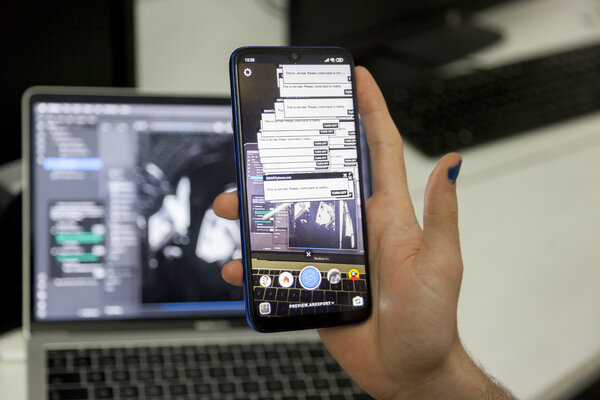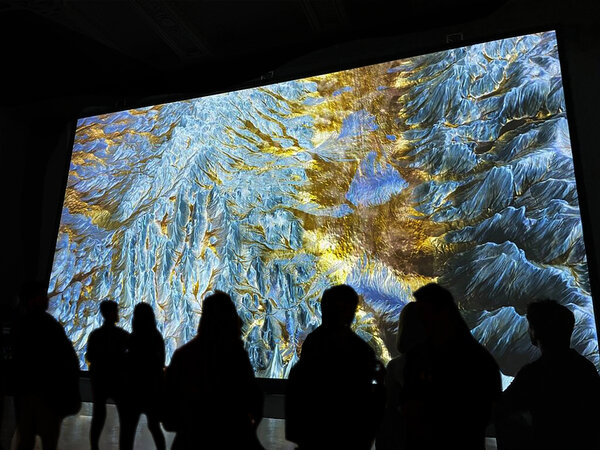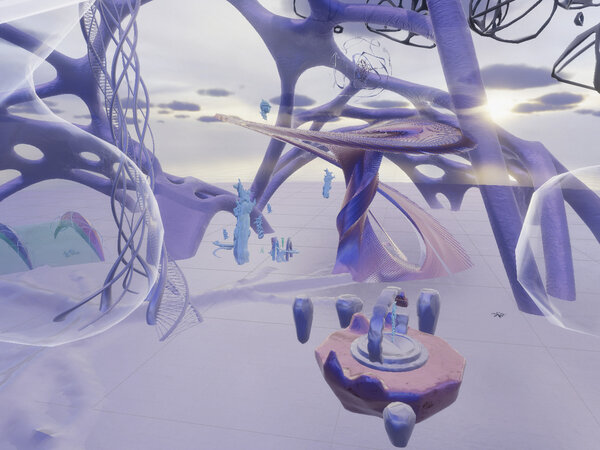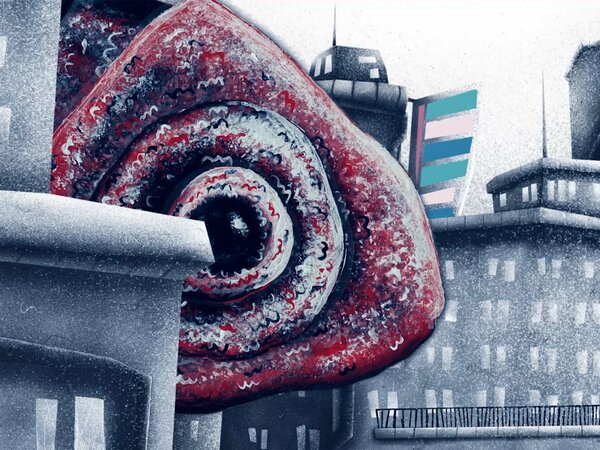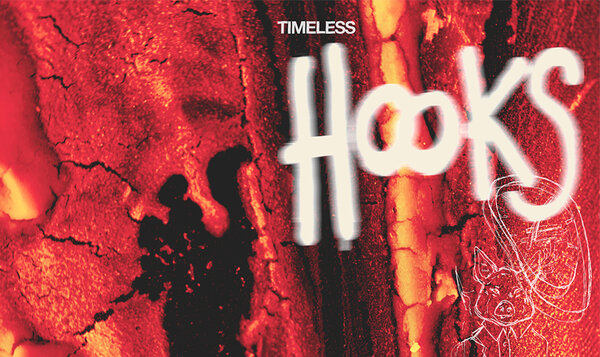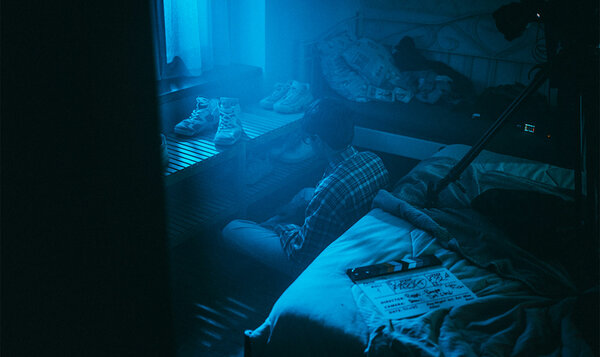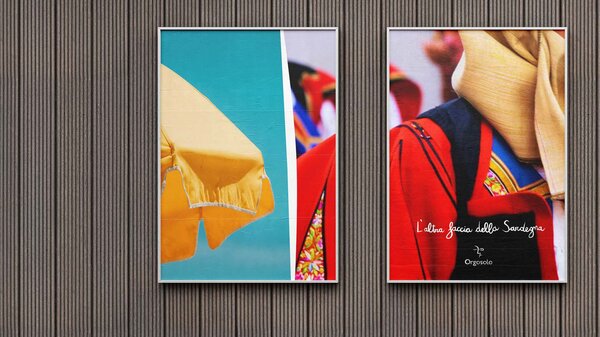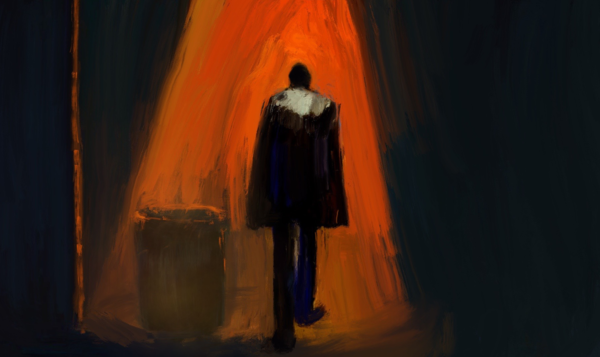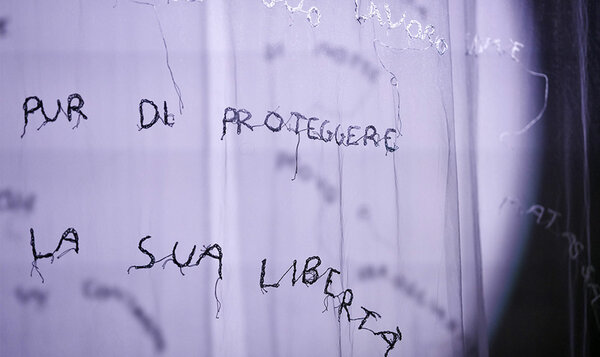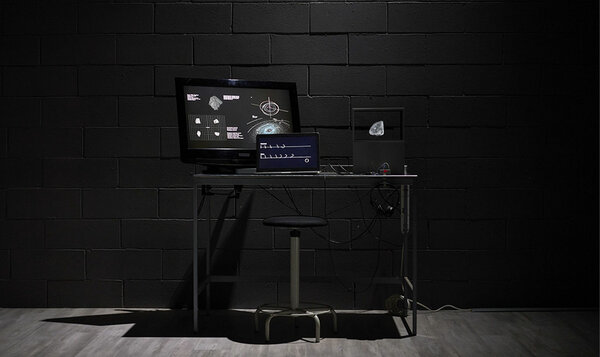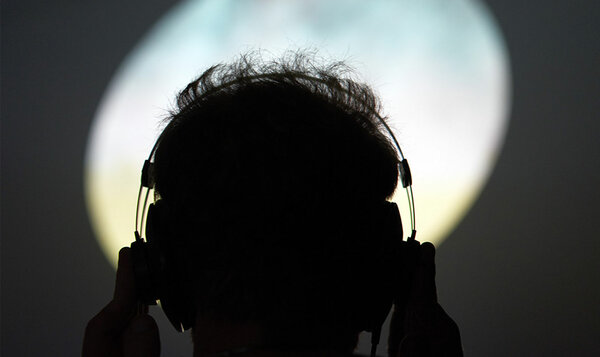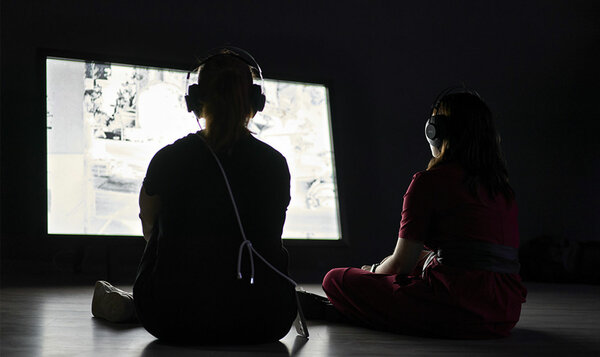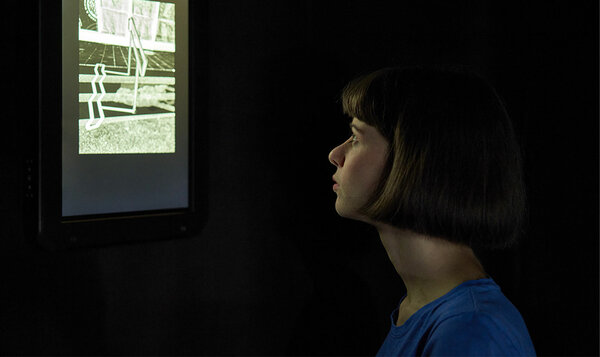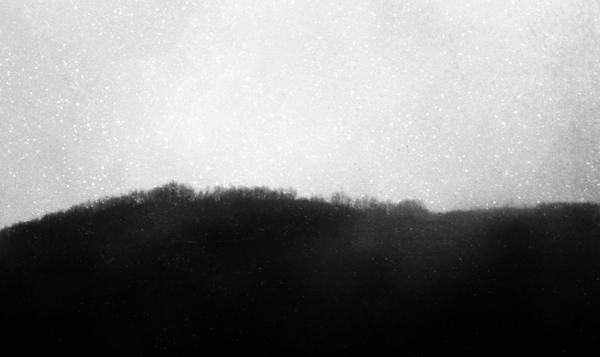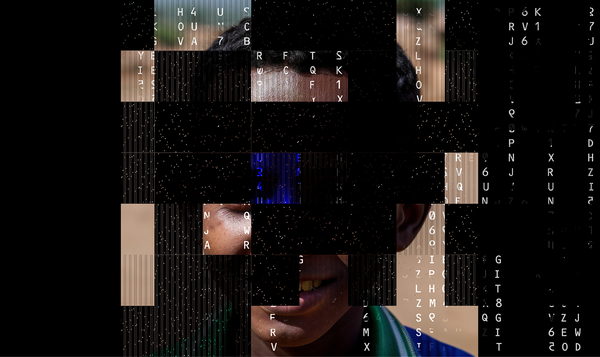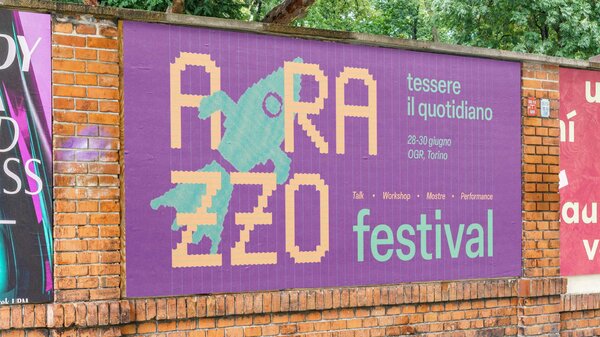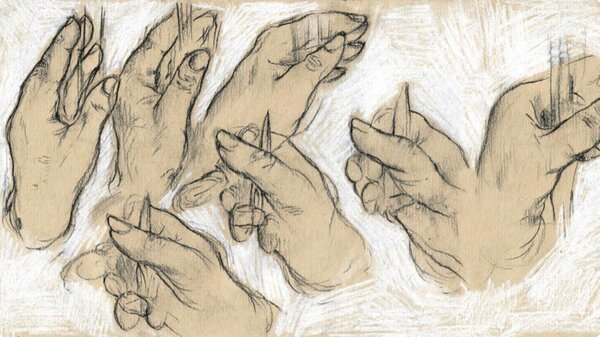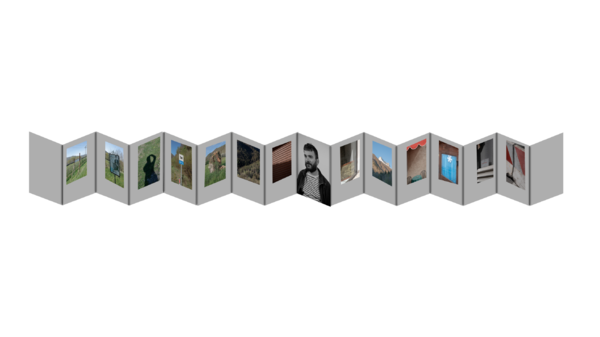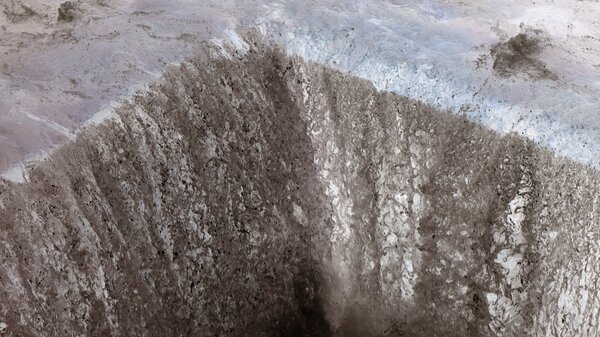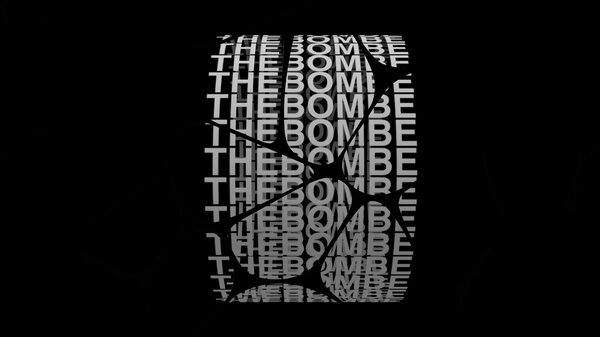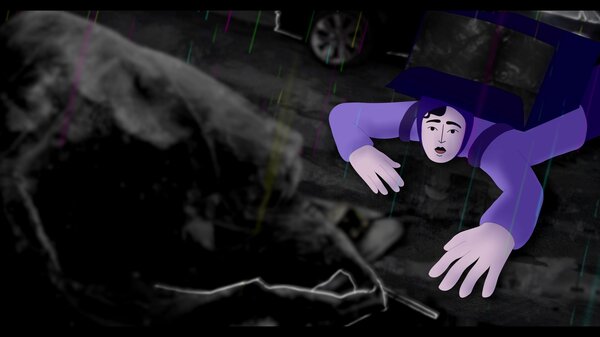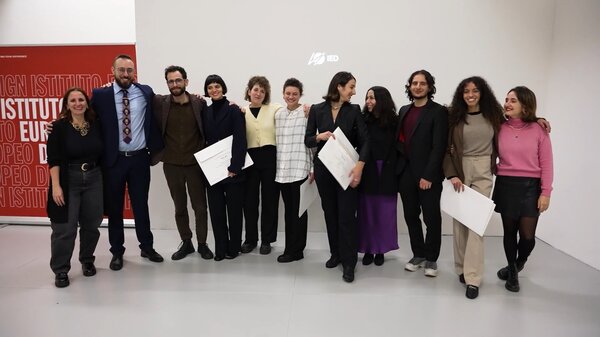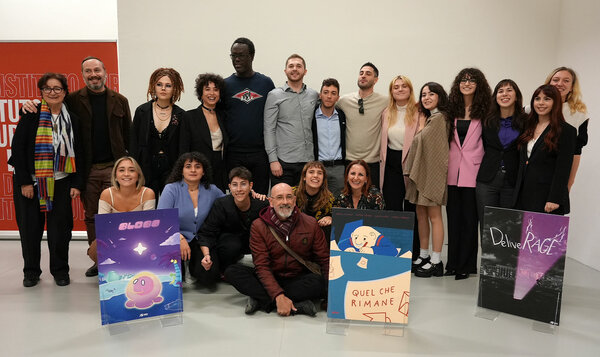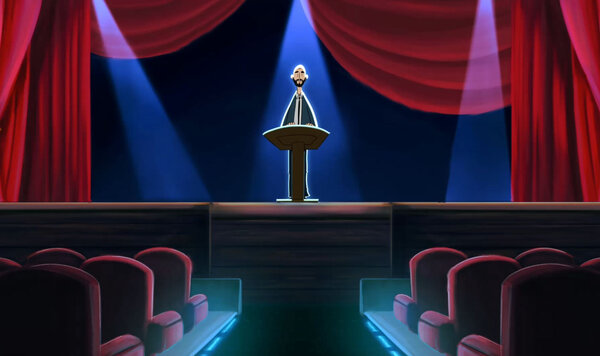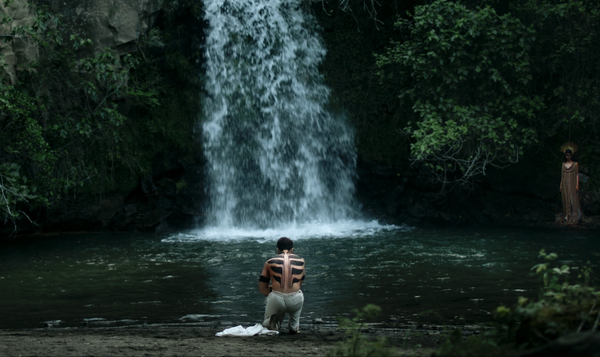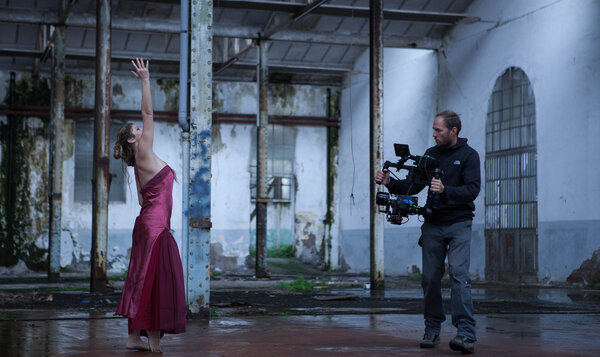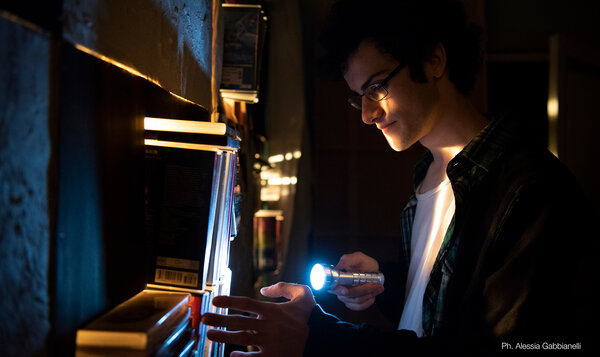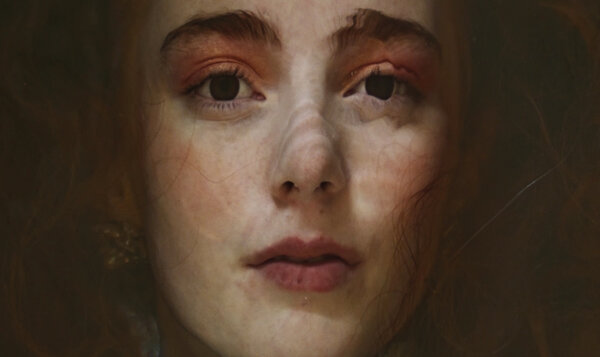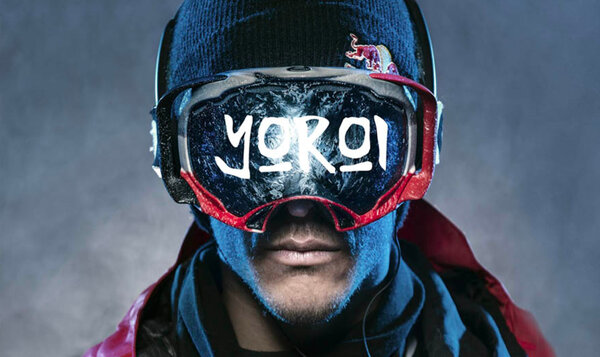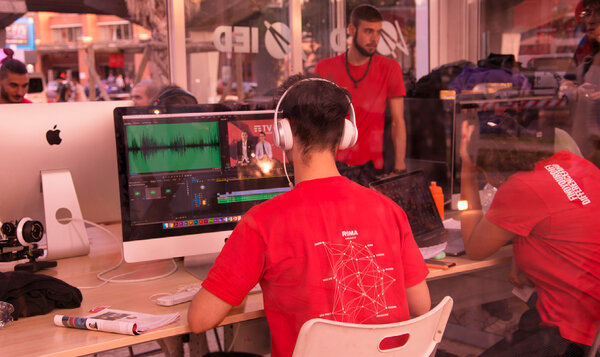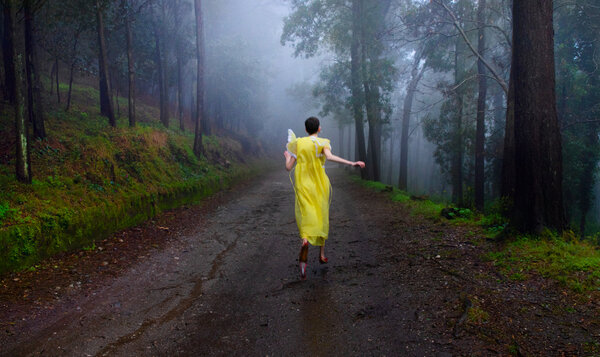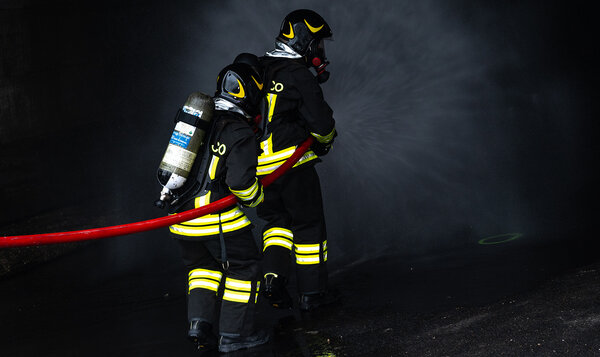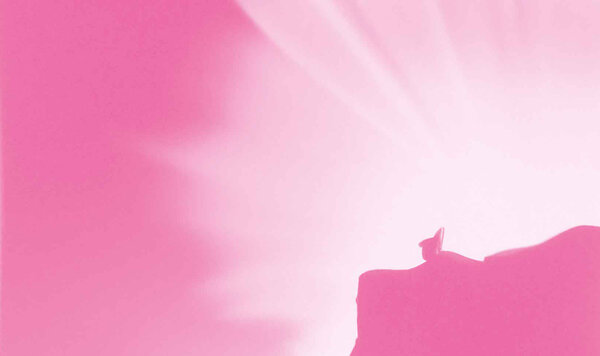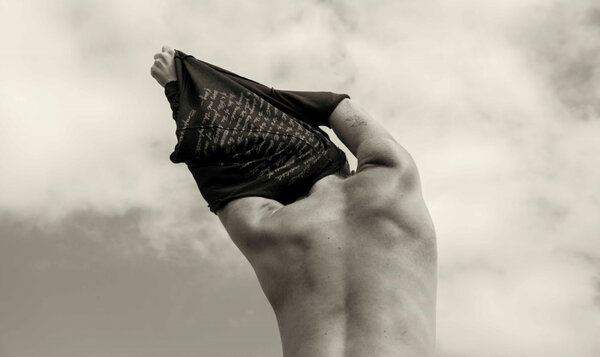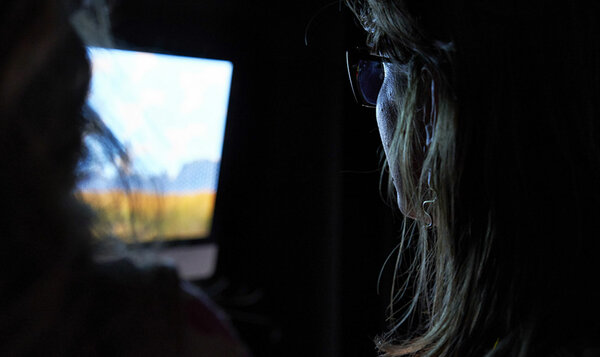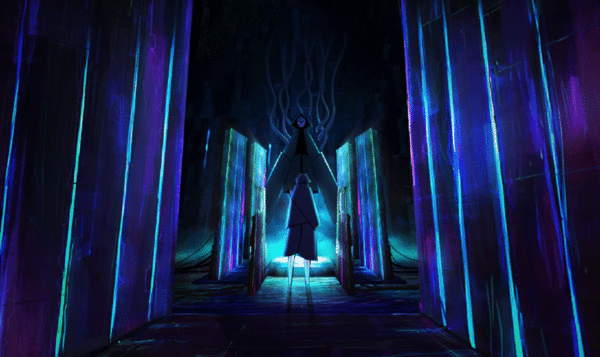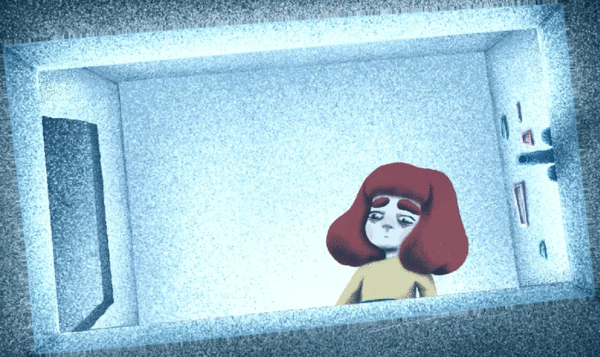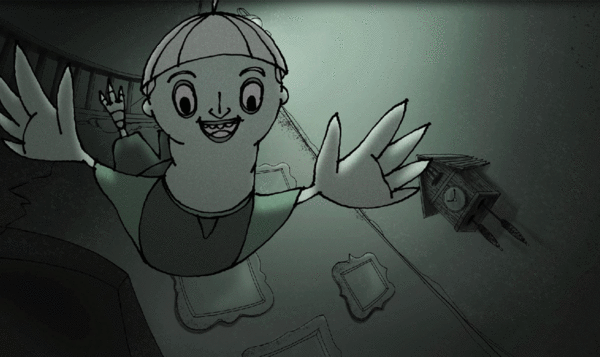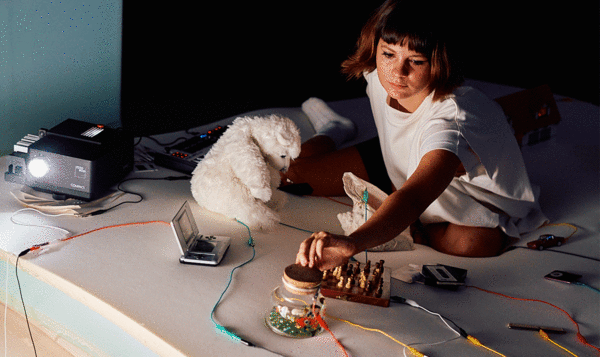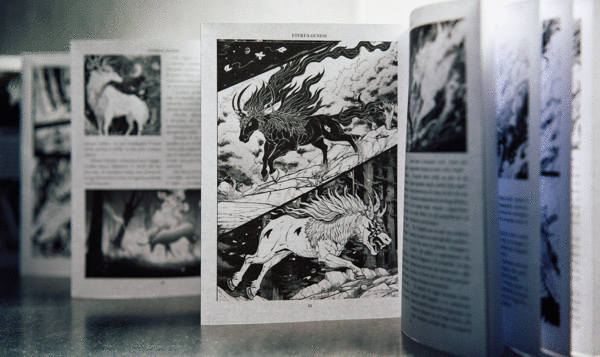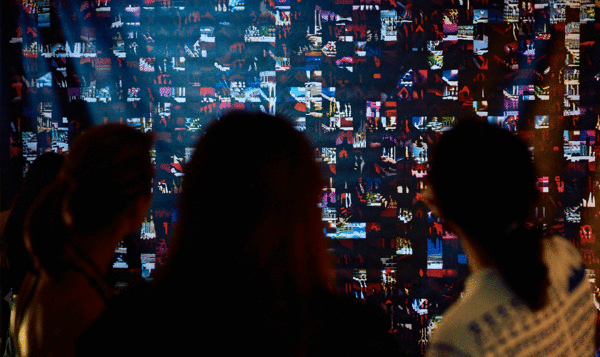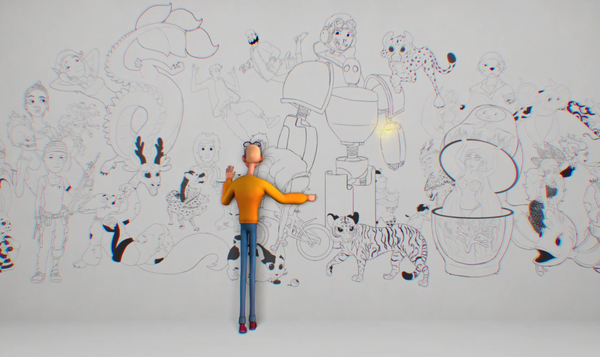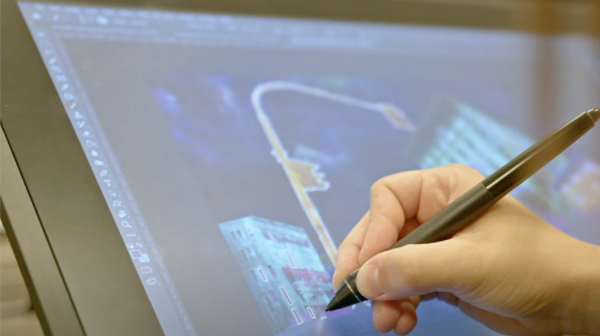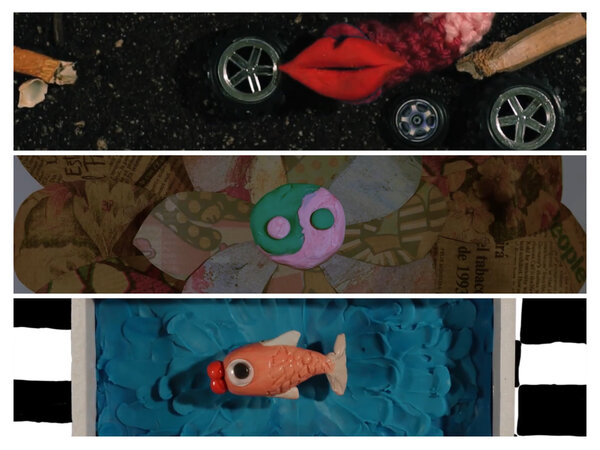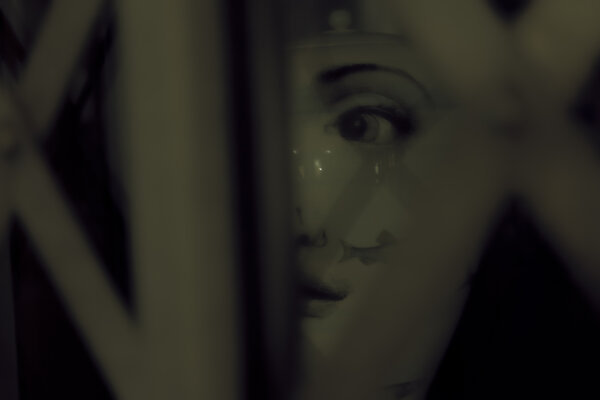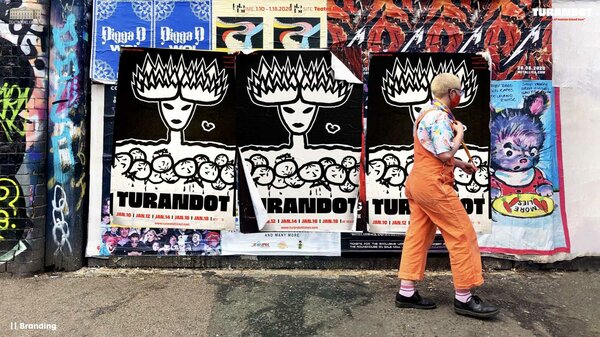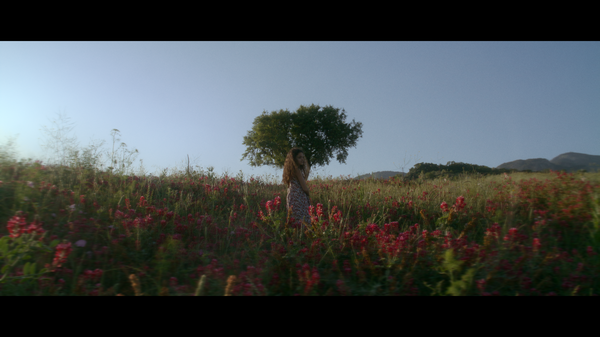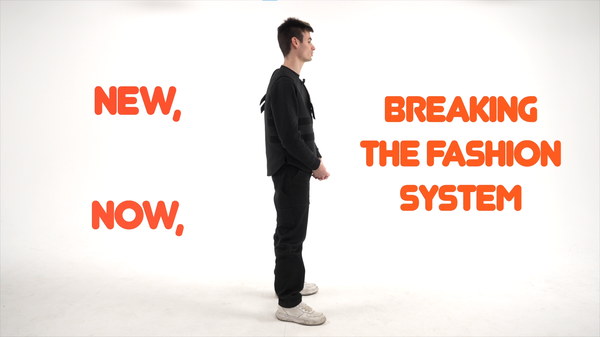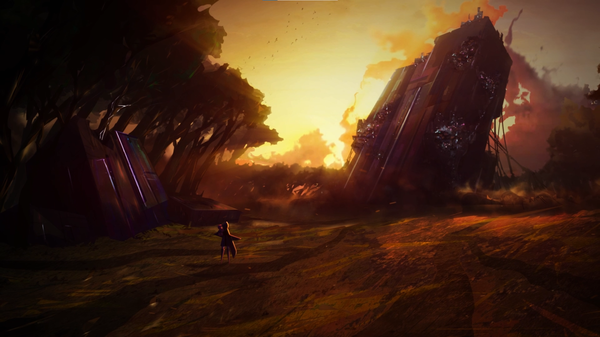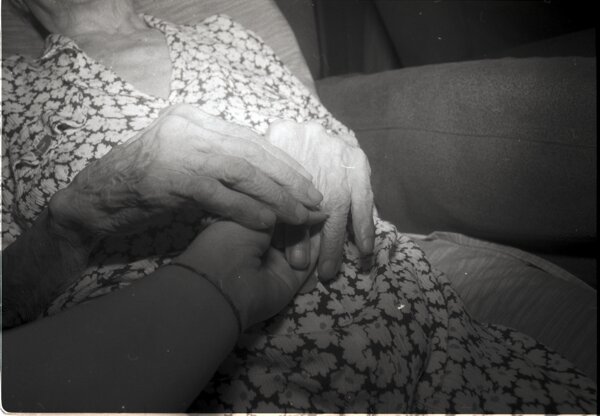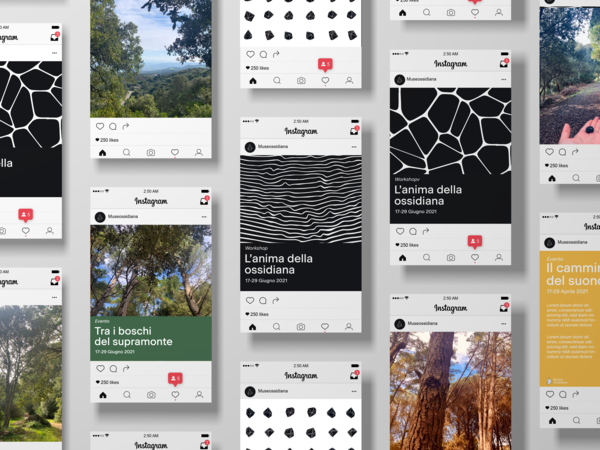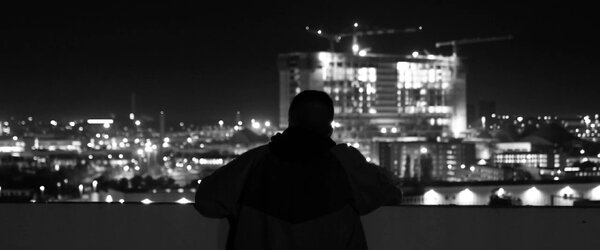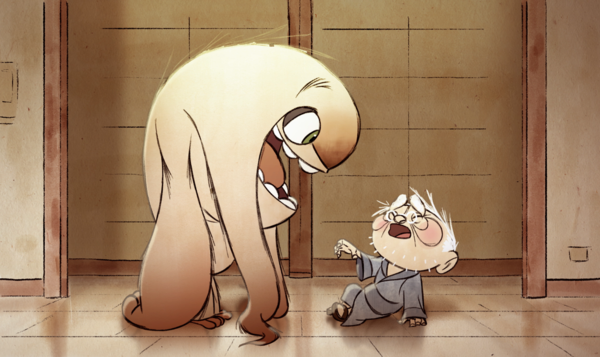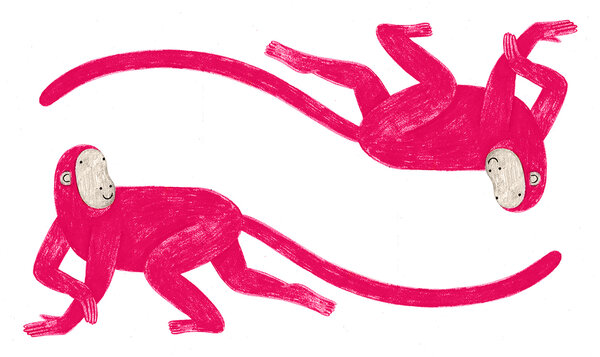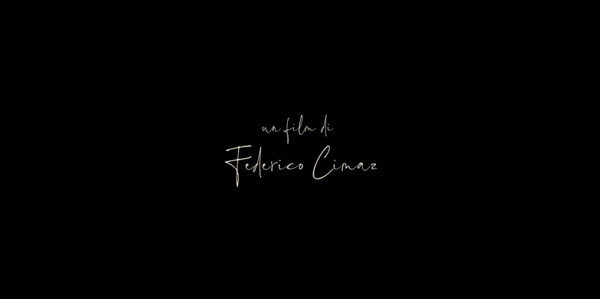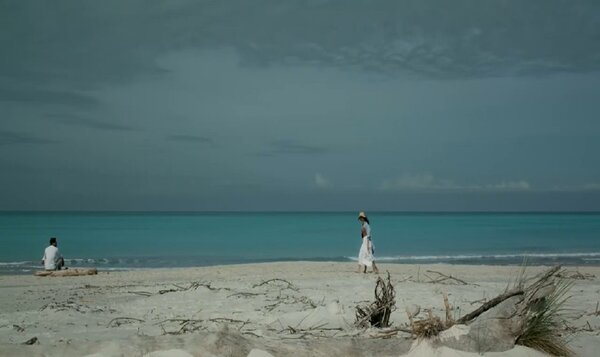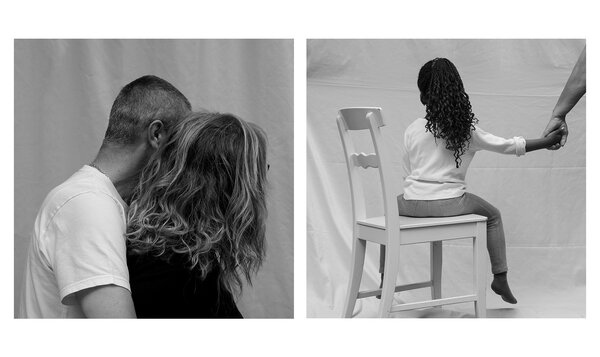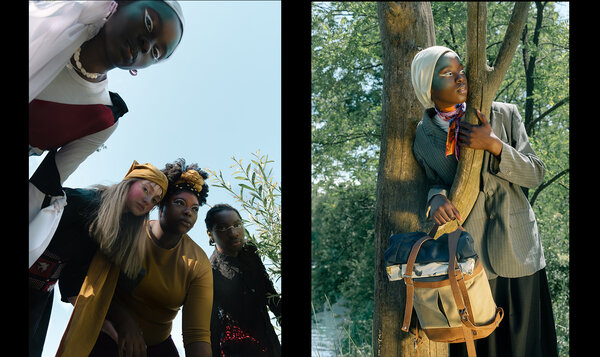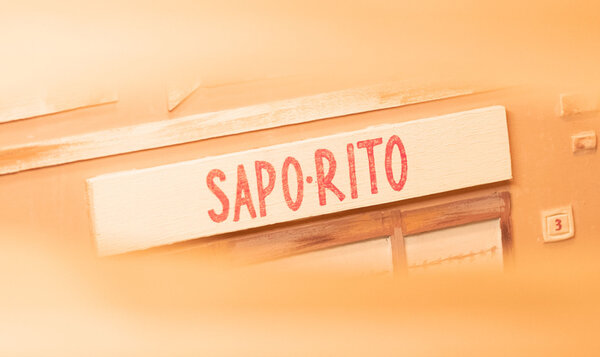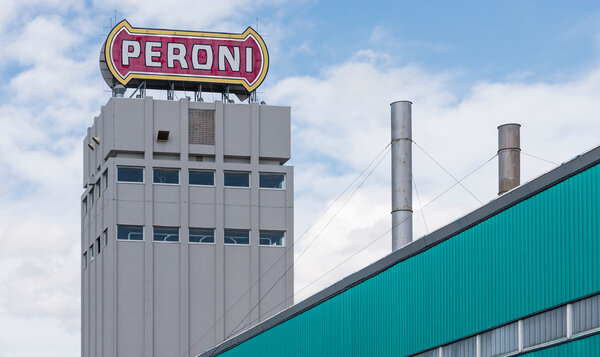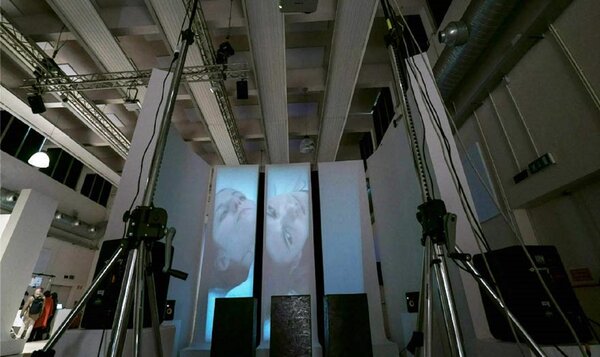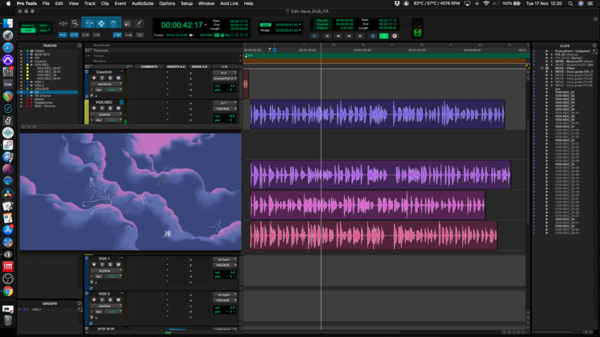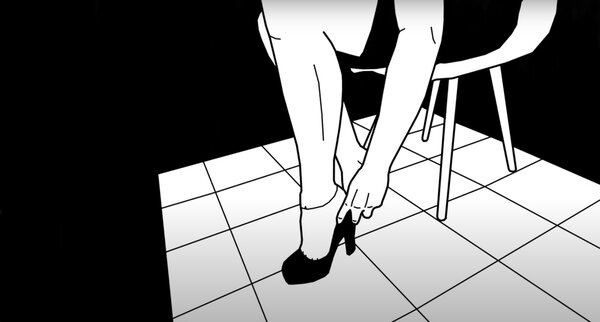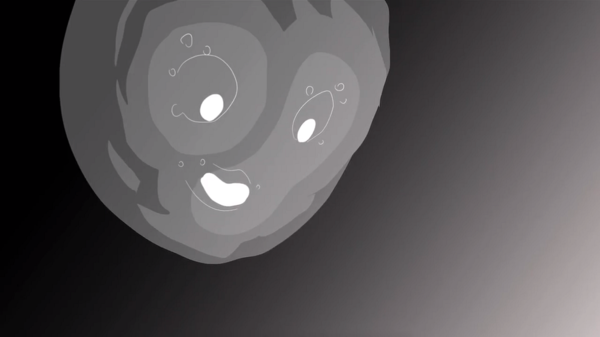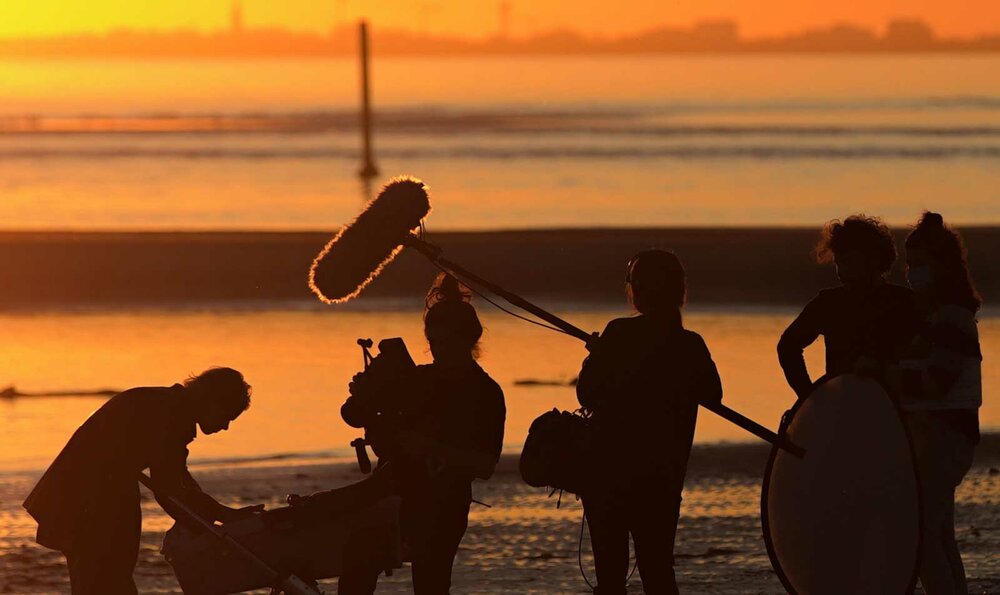
Directors of photography: who they are, what they do and how to become one
Who they are, what they do
The Director of Photography is the master of light and composition in cinema, capable of transforming the director's vision into powerful, striking imagery.
Who Directors of Photography are and what they do
Also known as a cinematographers, Directors of Photography, are responsible for translating a director’s creative vision into visual storytelling through the skilful use of light, shadows and specific framing. Their expertise plays a crucial role in shaping the emotional impact and overall perception of a film, making the narrative visually compelling and engaging.
A Director of Photography works closely with the director, as well as other key creative team members such as set and costume designers, to ensure that each visual element aligns seamlessly with the story. Their role is essential in determining a film’s overall aesthetic, helping to bring the story to life and significantly influencing its overall success.
What is their role and what are their responsibilities
By combining technical expertise with artistic sensitivity, cinematographers shape the visual aesthetic of the film, taking on responsibilities that include:
- Planning the shoot with the director: this involves discussing and interpreting the creative vision, then translating it into images through stylistic and technical choices.
- Selecting the most suitable equipment: choosing the cameras, lenses and other tools that best suit the project’s needs and budget while ensuring the desired visual quality.
- Supervising lighting for each scene: managing lighting conditions is essential to create the right atmosphere and highlight key elements. This requires an in-depth understanding of lighting techniques and adaptability.
- Leading the camera crew: coordinating the work of the camera operators and assistants, making sure that each shot aligns with the film’s visual plan and maintaining effective communication with the team.
A cinematographer’s work process spans from pre-production, where shots are planned and equipment is chosen, to post-production, where they collaborate on colour grading to achieve the final visual effect. A prime example of this artistry can be seen in films like “Blade Runner”, where the use of lighting and composition helped work helped define the film’s iconic visual style, cementing its status as a landmark in cinematic history.
Career and salary of a Director of Photography
The career path of a Director of Photography often starts with entry-level roles, such as assistant cameraman, before progressing to more senior positions. Professional growth in this field depends on experience and a solid reputation in the industry. Salaries vary significantly, influenced by factors such as location, production scale, and the notoriety of the project.
Established professionals command higher salaries and increased demand for their services, with career advancements leading to roles such as Senior Director of Photography or visual consultant for high-profile productions, offering further opportunities for professional development and recognition.
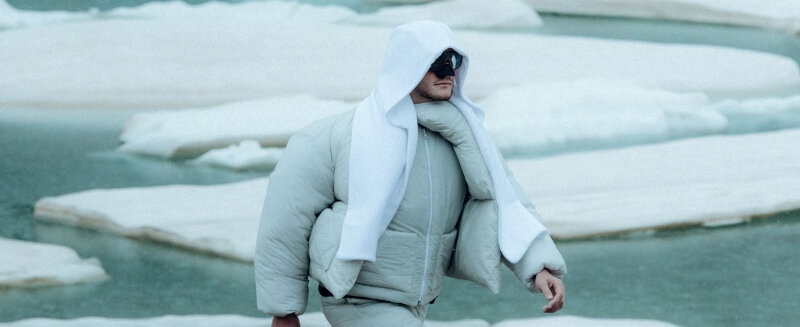
IED Open Days
We look forward to meeting you in person at our premises and online, to learn more about our teaching offerings, get to know our services and interact with coordinators, lecturers and students.
Skills and training needed to become a Director of Photography
To succeed as a Director of Photography, a combination of advanced technical skills and artistic qualities is essential, including:
- advanced cinematography techniques
- expertise in cinematic lighting
- leadership and team management skills
- artistic sensitivity and attention to detail
The most suitable educational paths for embarking on this career include film degrees or specialised courses in film schools. Continuous professional development, as well as on-the-job training, is essential to stay in step with new and evolving technologies and trends.
Certifications and specialised courses such as those offered by IED can be useful for perfecting technical and artistic skills. These training courses allow students to learn under the guidance of experienced professionals in a stimulating and creative environment.
How to become a Director of Photography: tips and training course
Pursuing a career as a Director of Photography requires a mix of education, practical experience and a passionate interest in visual art. Embarking on this path with a well-defined strategy is essential to broaden job opportunities in the sector.
To build a successful career in this field, it is important to combine:
- Academic training: start with a solid education in film making or related disciplines to acquire the necessary theoretical and technical foundations.
- Practical experience: participate in internships and work placements at production companies to develop real-world skills and industry insights
- Building a portfolio: create a portfolio showcasing work and projects that highlight your personal and unique style.
IED offers a variety of courses in the field of Video and Film, designed to prepare you for the challenges of the audiovisual and film industry. Explore the educational opportunities at IED and find the ideal path to becoming a successful professional in the world of film.
